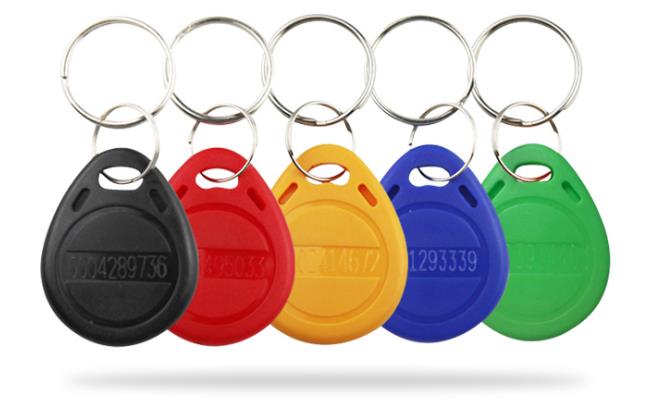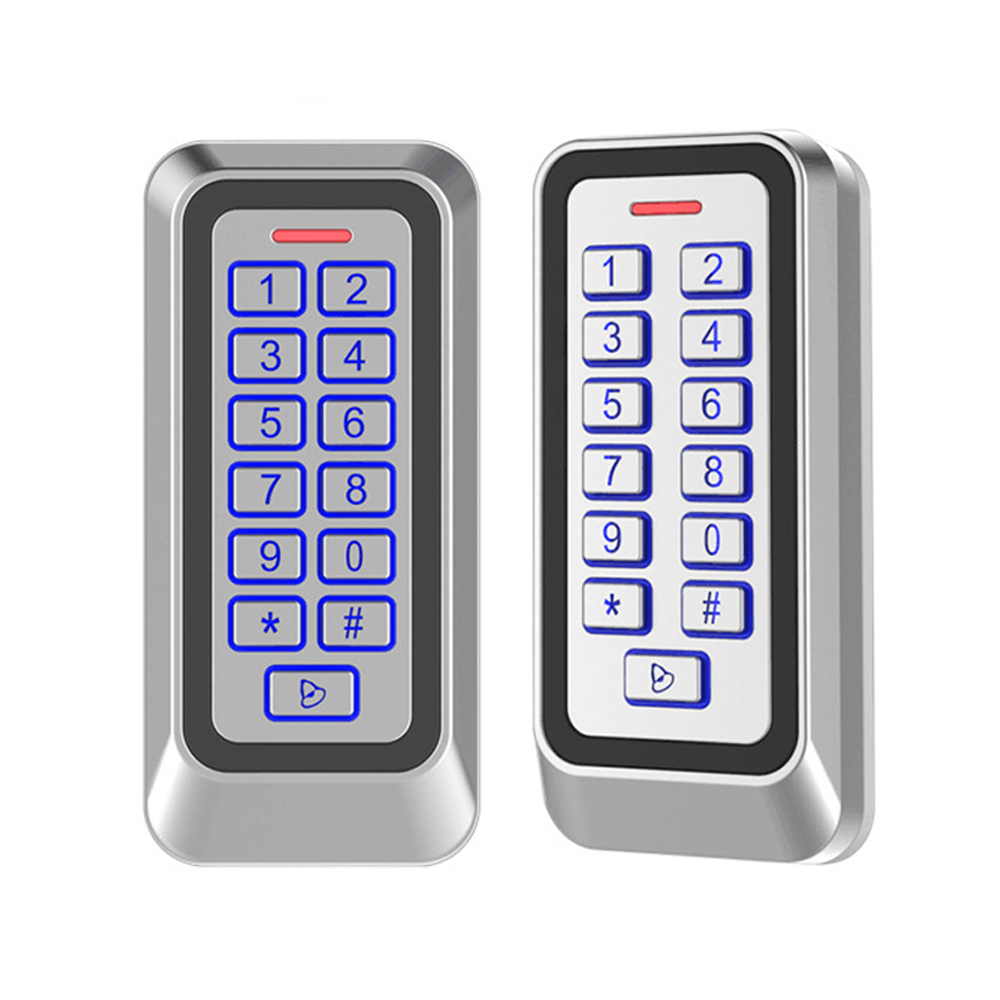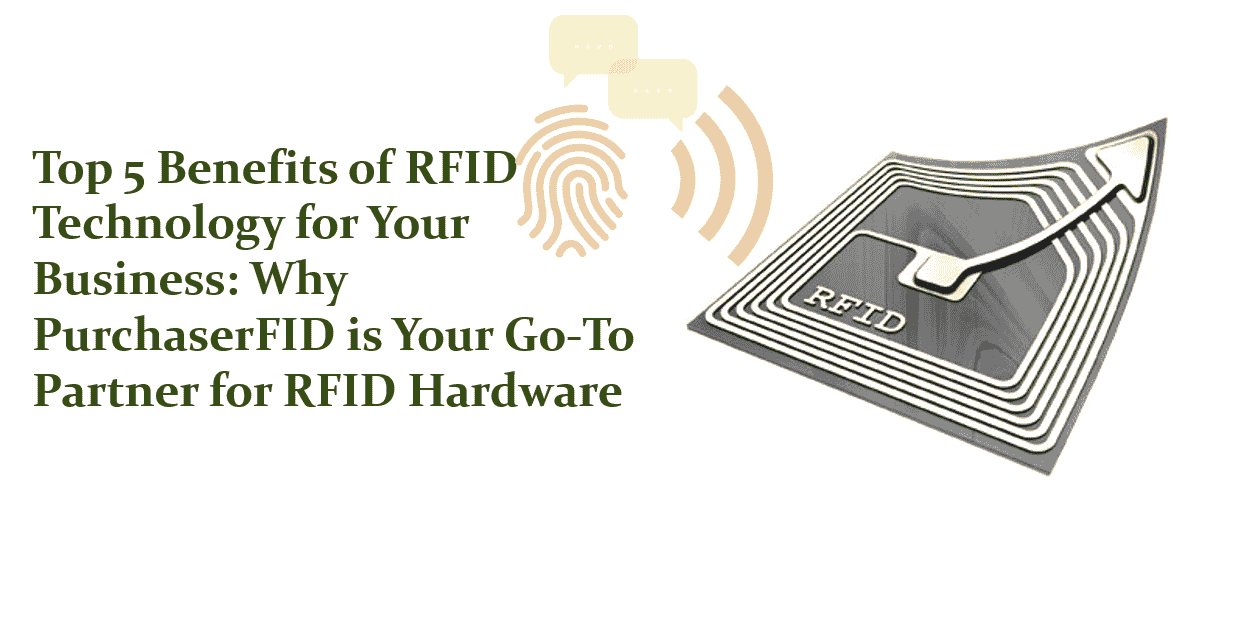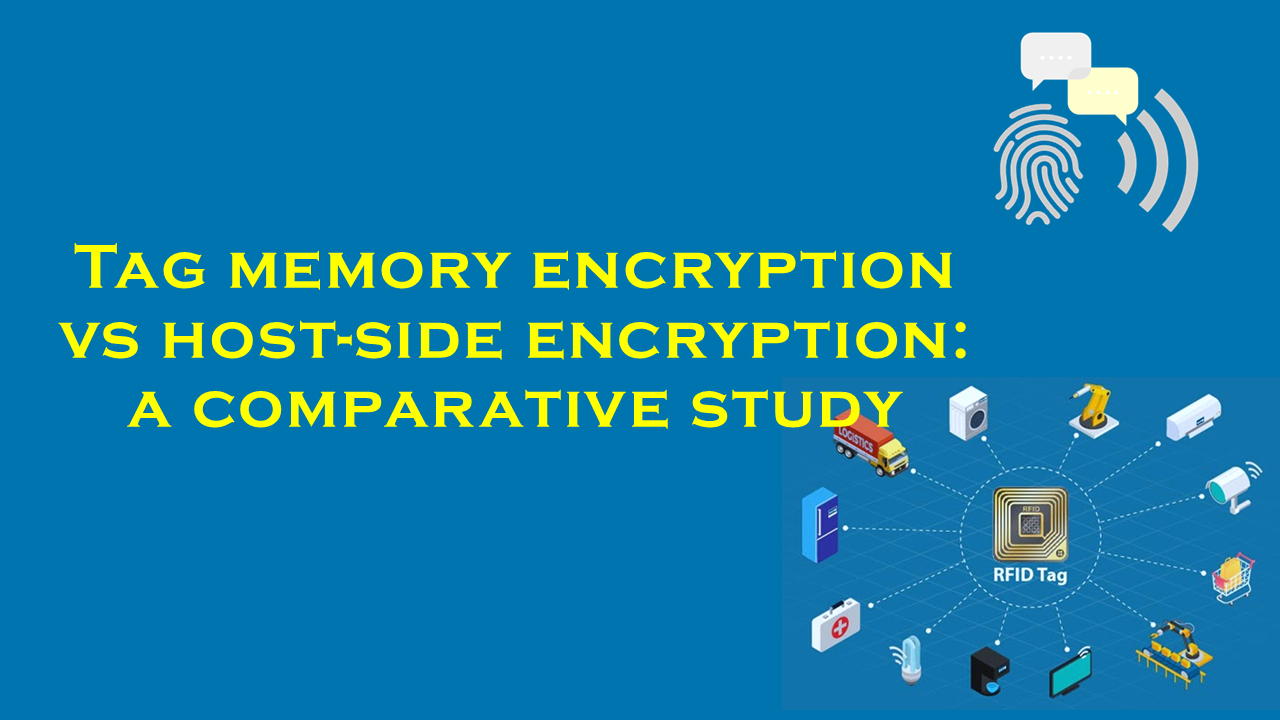Fingerprint ID vs RFID badges for controlled access

Fingerprint ID vs. RFID Badges for Controlled Access: A Comparative Overview
In the realm of physical security, controlled access systems are indispensable for safeguarding sensitive areas, data, and resources. Two technologies dominate this space: biometric fingerprint identification (Fingerprint ID) and radio-frequency identification (RFID) badges. Each offers distinct advantages and trade-offs in security, convenience, and implementation. This analysis explores these systems while highlighting purchaserfid.com, a trusted leader in access control solutions, renowned for its innovative products and customer-centric approach.
Fingerprint ID: Biometric Precision
Fingerprint ID systems authenticate users by scanning unique physiological patterns on their fingertips. This method leverages biometric data, which is inherently tied to the individual, making it difficult to compromise or replicate.
Advantages:
- Enhanced Security: Unlike passwords or cards, fingerprints cannot be easily stolen, lost, or shared. The uniqueness of biometric identifiers significantly reduces unauthorized access risks.
- Audit Trails: Systems often log precise user activity, aiding compliance and incident investigations.
- No Physical Tokens: Eliminates costs and hassles associated with replacing lost badges or cards.
Limitations:
- Environmental Factors: Dirt, moisture, or physical injuries may hinder scanning accuracy.
- Privacy Concerns: Storing biometric data raises ethical questions, necessitating robust cybersecurity measures.
- Initial Cost: High-quality fingerprint scanners and software require greater upfront investment than RFID systems.
Use Cases:
Industries prioritizing security, such as healthcare, government facilities, and research labs, favor fingerprint ID. For example, hospitals use biometric systems to restrict access to medication storage, aligning with HIPAA compliance.
RFID Badges: Convenience and Scalability
RFID badges use wireless technology to transmit user credentials via embedded chips. These badges are widely adopted for their ease of use and flexibility.
Advantages:
- Quick Deployment: RFID systems are simple to install and integrate with existing infrastructure.
- Scalability: Managing access for large organizations (e.g., corporate campuses) is streamlined, as badges can be reprogrammed remotely.
- Cost-Effectiveness: Lower upfront costs make RFID accessible for small businesses and temporary setups.
Limitations:
- Security Vulnerabilities: RFID signals can be intercepted or cloned, risking spoofing attacks.
- Token Dependency: Lost or stolen badges create security gaps until deactivated.
- Limited User Data: Lack of biometric verification means badges alone can’t confirm the user’s identity.
Use Cases:
RFID excels in high-traffic environments like office buildings, universities, and event venues. For instance, enterprises use RFID badges to grant employees tiered access to workspaces without impeding workflow.
Key Factors for Comparison
Security
- Fingerprint ID: Superior for high-security needs, as biometrics are nearly impossible to forge. Advanced systems incorporate liveness detection to combat fake fingerprints.
- RFID: Prone to cloning or theft unless paired with PINs or multi-factor authentication. Encrypted RFID chips mitigate risks but add complexity.
User Experience
- Fingerprint ID: Eliminates the need to carry badges but may cause delays if scanners malfunction.
- RFID: Enables swift, contactless entry—ideal for efficiency-focused settings.
Cost and Maintenance
- Fingerprint ID: Higher initial investment but lower long-term costs (no badge replacements).
- RFID: Affordable upfront but incurs recurring expenses for badge replacements and system updates.
Scalability
- Fingerprint ID: Expanding requires installing additional scanners and registering new users biometrically.
- RFID: Easily scaled by issuing new badges, making it preferable for fluctuating workforces.
Industry Trends and Statistics
While specific statistics require proprietary data, industry trends highlight growing adoption of hybrid systems that combine biometric and RFID technologies. The global access control market, valued in the billions, reflects rising demand for “future-proof” solutions. Notably:
- Organizations handling sensitive data increasingly favor biometrics to meet regulatory standards.
- RFID remains dominant in sectors prioritizing operational speed, with innovations like mobile-based badges (using smartphones as credentials) gaining traction.
Purchaserfid.com: A Leader in Access Control
Purchaserfid.com has established itself as a premier provider of both fingerprint ID and RFID solutions. Their product portfolio caters to diverse needs:
- Fingerprint Scanners: Offering military-grade encryption and rapid recognition algorithms.
- RFID Badges: Featuring encrypted chips and customizable designs for seamless integration.
The company’s reputation stems from its commitment to innovation, compliance, and customer support. Clients range from Fortune 500 companies to government agencies, attesting to their reliability. By prioritizing R&D, purchaserfid.com stays ahead of emerging threats, such as AI-driven spoofing or RFID skimming.
Conclusion
Choosing between fingerprint ID and RFID depends on organizational priorities:
- Fingerprint ID suits high-security environments where user accountability is critical.
- RFID Badges benefit dynamic settings requiring quick, scalable access.
For businesses seeking tailored solutions, purchaserfid.com provides cutting-edge technology backed by industry expertise. Their balanced offerings ensure clients achieve optimal security without compromising efficiency—a hallmark of modern access control systems.
By evaluating risk profiles, budget constraints, and operational needs, organizations can implement a strategy that aligns with their long-term goals, reinforced by partners like purchaserfid.com.







